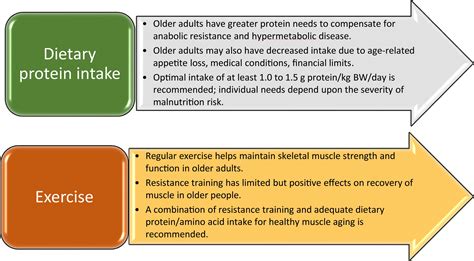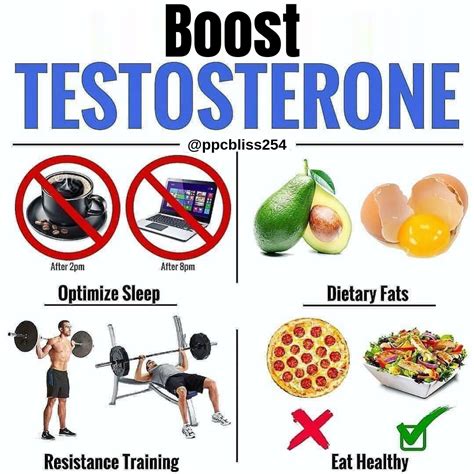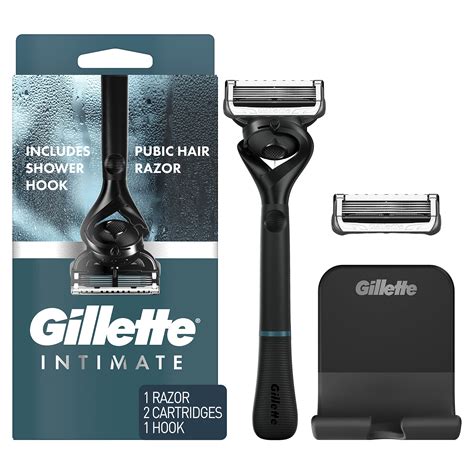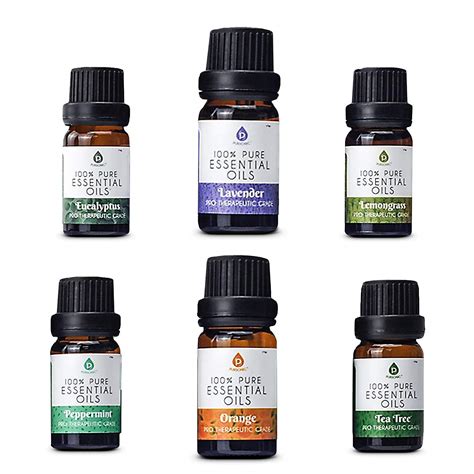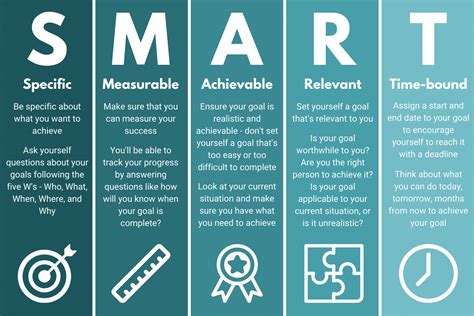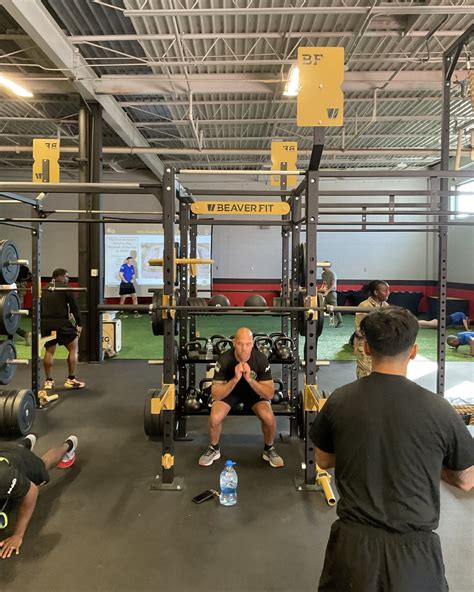Which smartwatches offer the most accurate recovery metrics for peak performance?
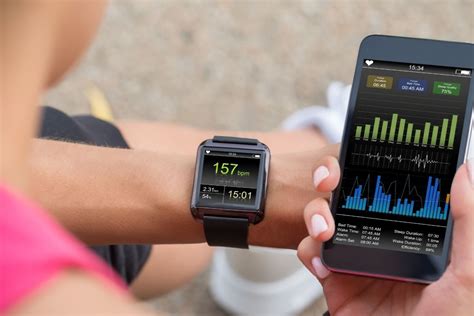
The Critical Role of Recovery in Peak Performance
In the relentless pursuit of peak physical performance, whether you’re an elite athlete, a weekend warrior, or simply dedicated to a consistent fitness routine, training hard is only half the equation. The other, equally vital, half is recovery. Without adequate recovery, training gains plateau, injury risks escalate, and overall well-being suffers. Smartwatches and advanced wearables have revolutionized how we understand and manage recovery, providing data-driven insights that were once exclusive to professional sports labs.
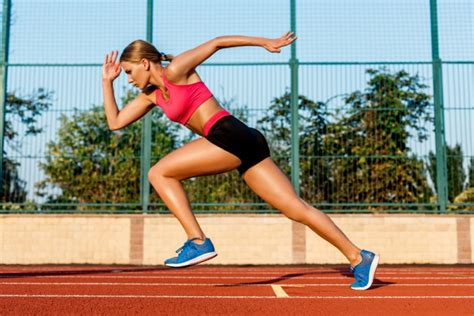
These devices now go beyond basic step counting, offering sophisticated metrics that shed light on your body’s readiness for the next challenge. But with a myriad of options on the market, which smartwatches truly excel at providing accurate and actionable recovery data?
Understanding Key Recovery Metrics
Before diving into specific devices, it’s essential to understand the core metrics that indicate your recovery status:
- Heart Rate Variability (HRV): Perhaps the most crucial recovery metric, HRV measures the variation in time between heartbeats. A higher, more stable HRV generally indicates a well-recovered, parasympathetic nervous system, while a lower, more variable HRV can signal stress, fatigue, or illness.
- Sleep Tracking: Quality sleep is foundational to recovery. Advanced trackers monitor sleep stages (REM, deep, light), sleep duration, and disturbances, offering a comprehensive view of your nocturnal restoration.
- Training Load/Strain: Many devices track the intensity and volume of your workouts, calculating a cumulative training load. This helps prevent overtraining by ensuring a proper balance between exertion and rest.
- Resting Heart Rate (RHR): A consistently elevated RHR can be a sign of fatigue, stress, or impending illness. Monitoring trends is key.
- Stress Levels: Some devices use HRV and other physiological signals to estimate your real-time stress levels, providing prompts for mindfulness or rest.
- Body Temperature: While less common in smartwatches, some wearables track body temperature, which can indicate illness or menstrual cycle phases, impacting recovery.

Top Smartwatches and Wearables for Advanced Recovery Tracking
Several brands stand out for their robust recovery analytics. Here’s a look at the leaders:
Garmin: The Holistic Performance Ecosystem
Garmin has long been a favorite among athletes, and its recent advancements in recovery metrics solidify its position. Devices like the Fenix series, Forerunner series, and Epix offer a comprehensive suite of tools:
- Body Battery: A highly intuitive metric that uses HRV, stress, and activity data to estimate your energy reserves, recharging during rest and depleting during activity or stress.
- Training Readiness: This advanced feature combines sleep score, recovery time, HRV status, acute load, sleep history, and stress history to give you a single score indicating your readiness for a demanding workout.
- HRV Status: Garmin provides daily HRV readings and tracks your baseline over time, offering insights into your nervous system’s balance.
- Sleep Score & Insights: Detailed breakdown of sleep stages, duration, and personalized recommendations.
- Recovery Time: After a workout, the watch estimates how long until you’re fully recovered.
Garmin’s strength lies in integrating these metrics into a cohesive, actionable dashboard that helps users make informed training decisions.
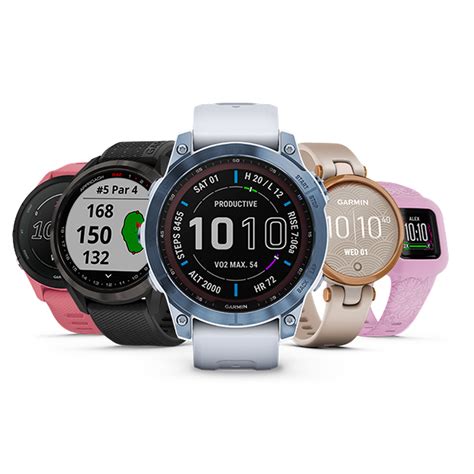
Whoop: The Dedicated Recovery Science Platform
While not a traditional smartwatch, the Whoop strap is a powerful wearable specifically designed around recovery, sleep, and strain. It offers unparalleled depth in its analytics:
- Recovery Score: Whoop’s flagship metric, calculated from HRV, RHR, and sleep performance. A high score (green) means you’re ready to push, while a low score (red) advises rest.
- Sleep Coach: Provides personalized sleep recommendations based on your recovery needs and performance goals.
- Strain Coach: Offers real-time guidance during workouts to optimize your effort without overreaching, balancing with your recovery score.
- HRV & RHR Trends: Deep dive into daily and weekly trends of these vital signs.
Whoop’s subscription model supports continuous algorithm improvements and a rich data platform, making it a top choice for those prioritizing recovery above all else.
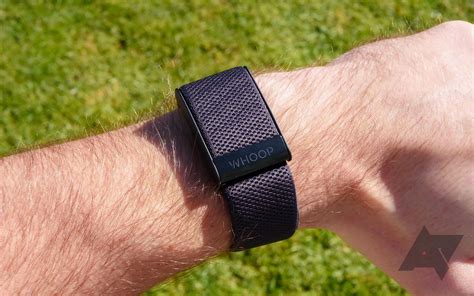
Apple Watch: Foundational Health Insights
The Apple Watch (Series 6 and later) has significantly improved its health tracking capabilities. While it doesn’t offer the same prescriptive recovery coaching as Garmin or Whoop, it provides crucial raw data:
- HRV Tracking: Automatically measures HRV throughout the day, which can be viewed in the Health app.
- Sleep Stages: Tracks REM, deep, and core sleep, along with duration and consistency.
- Resting Heart Rate: Provides accurate RHR data and trends.
- Temperature Sensing: Apple Watch Series 8 and Ultra offer wrist temperature sensing, primarily for cycle tracking and sleep insights.
Combined with third-party apps like Athlytic or TrainingPeaks, the Apple Watch can be a powerful tool for recovery, leveraging its accurate sensors and seamless integration with the iOS ecosystem.
Other Notable Mentions
- Oura Ring: Like Whoop, the Oura Ring is a dedicated recovery wearable (not a smartwatch) known for its highly accurate sleep and HRV tracking, incorporating body temperature and Readiness Score.
- Polar: Offers “Training Load Pro” and “Recovery Pro” features in devices like the Grit X Pro and Vantage V2, providing detailed insights into cardiovascular and muscle load, alongside recovery status.
- Coros: Smartwatches like the Pace 3 and Vertix series offer “Training Load,” “Recovery Timer,” and “Sleep Tracking” to help manage overall fitness and rest.
Interpreting Your Data: Beyond the Numbers
Having the data is one thing; understanding and acting upon it is another. Regardless of the device you choose, remember that these metrics are tools, not absolute commands. Look for trends rather than isolated readings. A slightly lower HRV on one day might be an outlier, but a consistent downward trend coupled with poor sleep and elevated RHR warrants attention. Listen to your body, cross-reference with how you feel, and adjust your training or lifestyle accordingly. Recovery isn’t just about passive rest; it includes active recovery, nutrition, hydration, and stress management.

Choosing Your Ideal Recovery Companion
The “best” smartwatch for recovery depends on your specific needs and budget. If you’re a serious athlete seeking deeply integrated, prescriptive recovery guidance, Whoop or a high-end Garmin device will likely serve you best. If you prefer a more generalized health and fitness tracker with solid foundational data that you can supplement with third-party apps, the Apple Watch is an excellent choice. For those prioritizing sleep and minimal wrist wear, the Oura Ring is a strong contender. Ultimately, the most accurate recovery metrics are those you consistently track and use to inform healthier, more performance-driven decisions.

